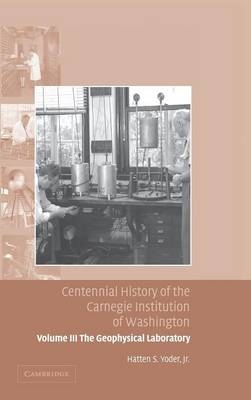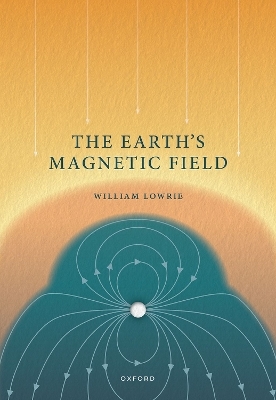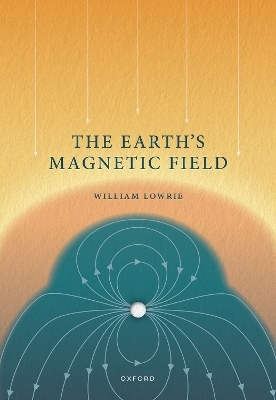
Centennial History of the Carnegie Institution of Washington: Volume 3, The Geophysical Laboratory
Seiten
2005
Cambridge University Press (Verlag)
978-0-521-83080-5 (ISBN)
Cambridge University Press (Verlag)
978-0-521-83080-5 (ISBN)
The third of five Histories of the Carnegie Institution of Washington describes the work of the Geophysical Laboratory. A century of research has seen advances in an astonishing range of subjects from mineral physics to the origin of life. Fully illustrated with contemporary photographs of people and events.
For over a century, the Geophysical Laboratory of the Carnegie Institution of Washington has witnessed exciting discoveries and ingenious research, made possible by the scientific freedom granted to members of the department. For the most part, this research has involved laboratory experimentation on the physics and chemistry of rock-forming minerals at high temperature and pressure. This third volume in a series of five histories of the Carnegie Institution documents the contribution made by the members of the Geophysical Laboratory to our understanding of the Earth, from mineral formation deep below the surface, to the search for the origins of life, and out into space to study the chemical evolution of the interstellar medium. Field work has taken researchers from active volcanoes to ships collecting ocean sediments, and geological mapping expeditions around the world. Contemporary photographs throughout illustrate the evolution of the department and its research.
For over a century, the Geophysical Laboratory of the Carnegie Institution of Washington has witnessed exciting discoveries and ingenious research, made possible by the scientific freedom granted to members of the department. For the most part, this research has involved laboratory experimentation on the physics and chemistry of rock-forming minerals at high temperature and pressure. This third volume in a series of five histories of the Carnegie Institution documents the contribution made by the members of the Geophysical Laboratory to our understanding of the Earth, from mineral formation deep below the surface, to the search for the origins of life, and out into space to study the chemical evolution of the interstellar medium. Field work has taken researchers from active volcanoes to ships collecting ocean sediments, and geological mapping expeditions around the world. Contemporary photographs throughout illustrate the evolution of the department and its research.
Preface; 1. Introduction; 2. Igneous petrology; 3. Pressure; 4. Volatile components; 5. Volcanology; 6. Thermodynamics; 7. X-ray crystallography; 8. Liquid structure; 9. Ore geochemistry; 10. Field petrology; 11. Biogeochemistry; 12. Geophysics; 13. Extraterrestrial petrology; 14. Astrobiology; 15. Mineral physics; 16. Isotopic geochemistry; 17. Geochronology; 18. Element partitioning; 19. Petrofabrics and statistical petrology; 20. National Defense contributions; 21. Publications; 22. Support staff; Future opportunities; Name index; Subject index.
| Verlagsort | Cambridge |
|---|---|
| Sprache | englisch |
| Maße | 24 x 235 mm |
| Gewicht | 590 g |
| Themenwelt | Naturwissenschaften ► Geowissenschaften ► Geophysik |
| Sozialwissenschaften ► Pädagogik ► Erwachsenenbildung | |
| ISBN-10 | 0-521-83080-X / 052183080X |
| ISBN-13 | 978-0-521-83080-5 / 9780521830805 |
| Zustand | Neuware |
| Haben Sie eine Frage zum Produkt? |
Mehr entdecken
aus dem Bereich
aus dem Bereich
How Numerical Models Revealed the Secrets of Climate Change
Buch | Hardcover (2020)
Princeton University Press (Verlag)
43,65 €


